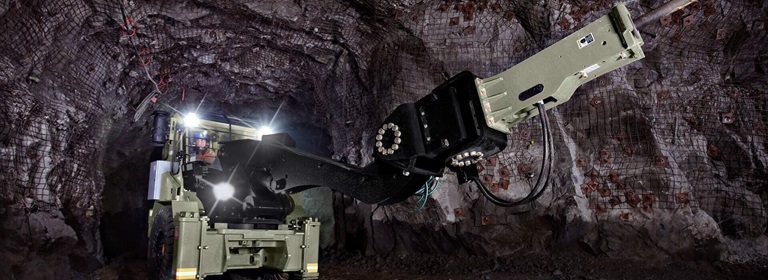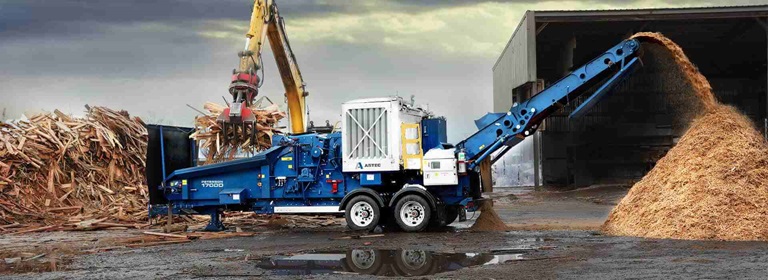Applications
/ranger-plants/ranger-line-header-02.tmb-banner.jpg?sfvrsn=c145462e_3)
Aggregates
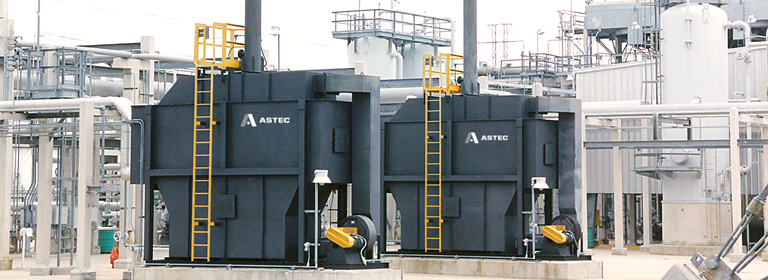
Agriculture & Fertilizer
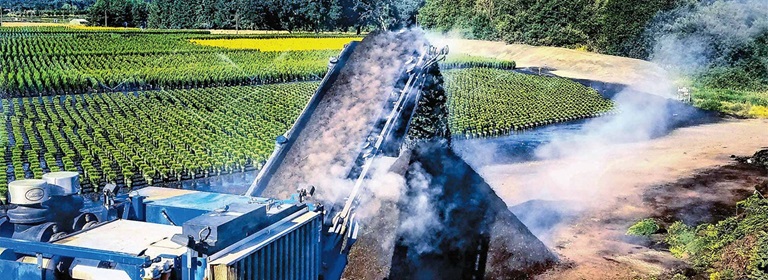
Agriculture & Nursery
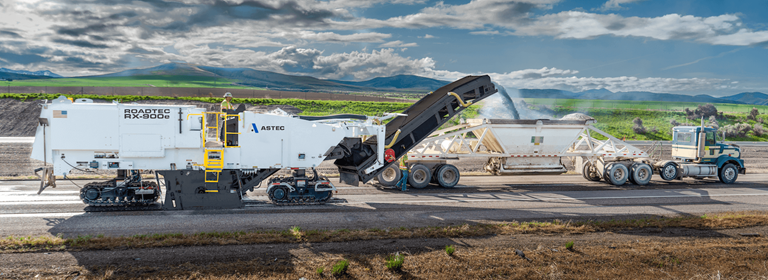
Asphalt Milling
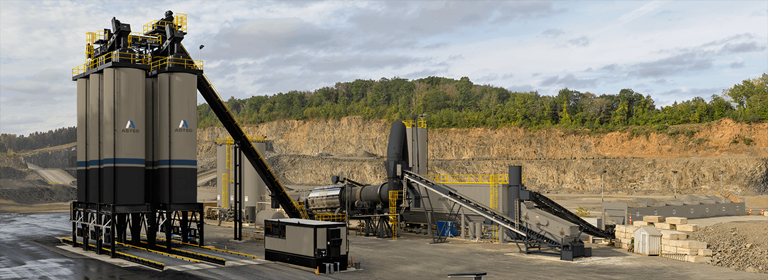
Asphalt Mixing
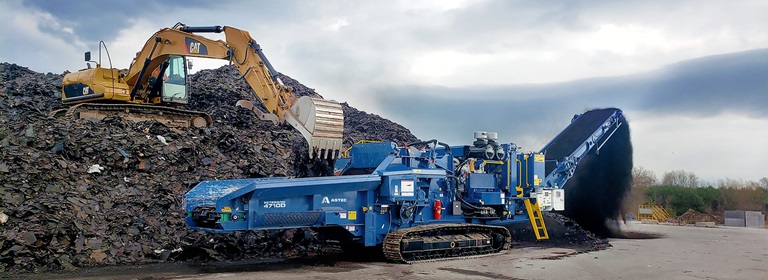
Asphalt Shingle Recycling
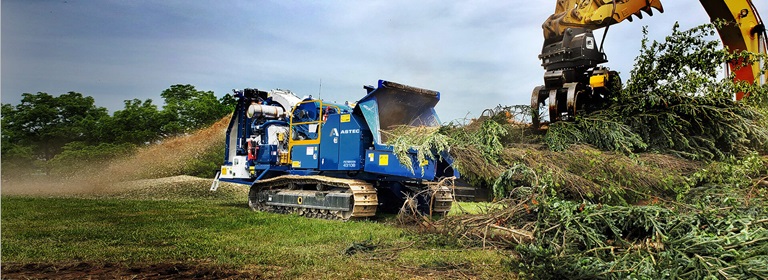
Biomass
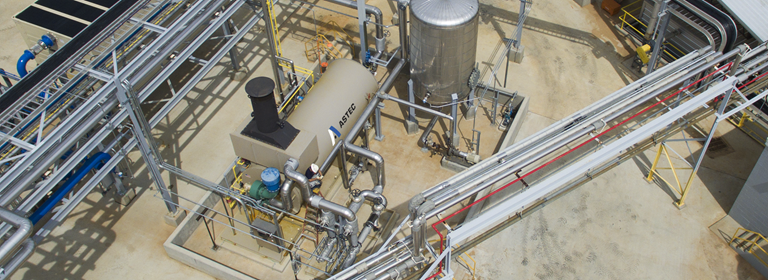
Chemical
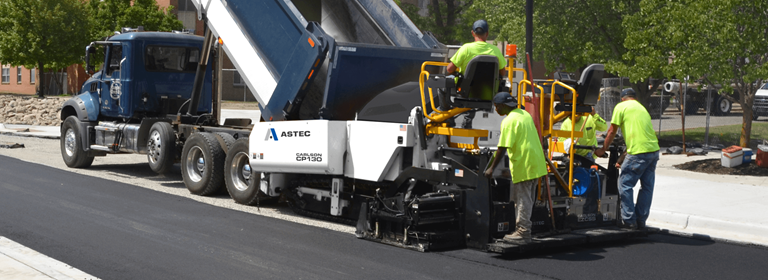
Commercial Paving
Commercial paving applications need machinery that can scale down the highway paver size without scaling down the power, functionality, performance, or efficacy. These pavers are able to pave hard-to-reach areas such as parking lots, traffic circles, and roundabouts to yield a quality mat without sacrificing productivity.
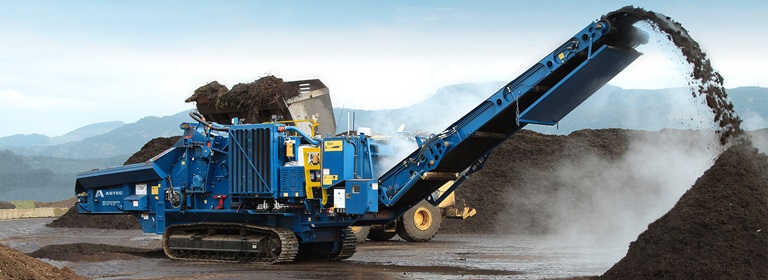
Compost
/mobile-hsi-ft4250-concrete-application-header-01.tmb-banner.jpg?sfvrsn=e7637d85_3)
Concrete Recycling
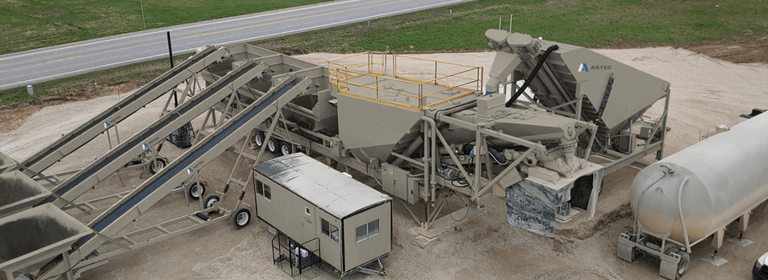
Construction
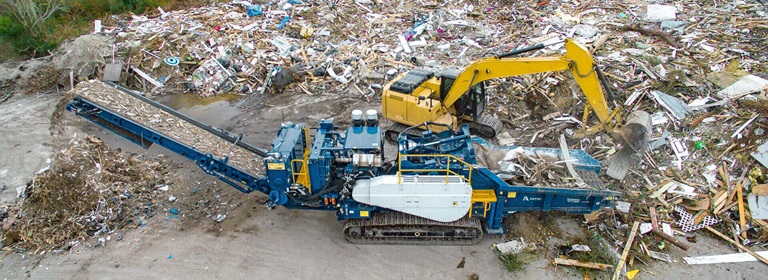
Construction & Demolition Recycling
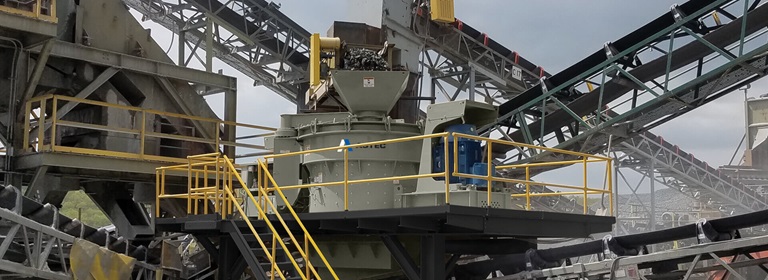
Construction Aggregates
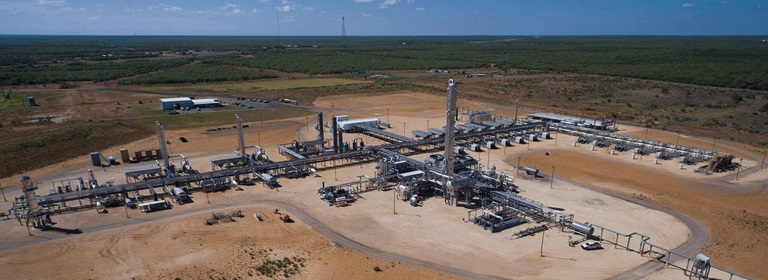
Crude Oil & Natural Gas Processing
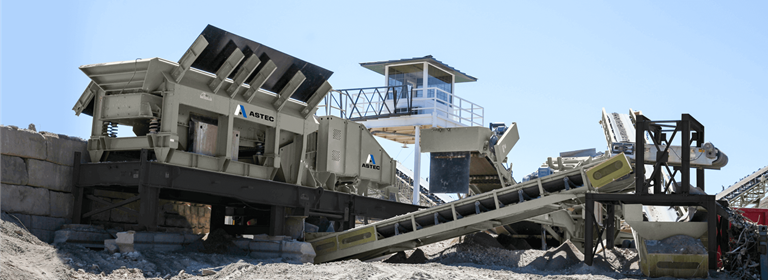
Crushed Stone
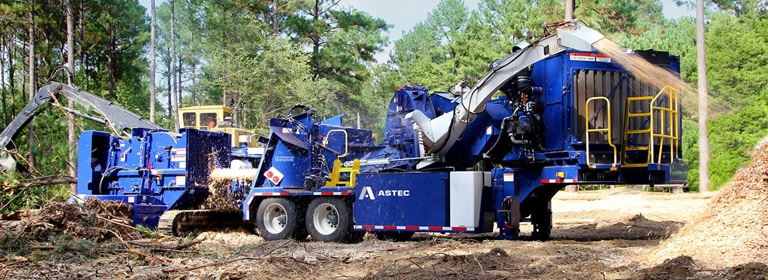
Fiberboard
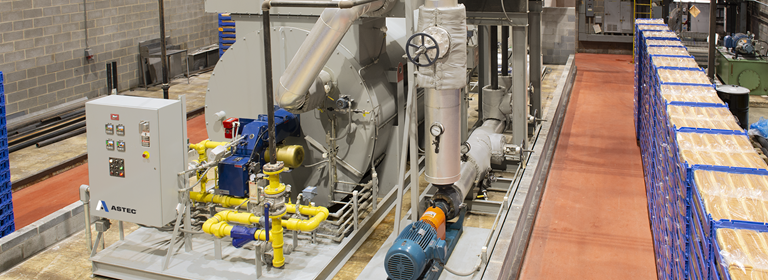
Food & Beverage Production
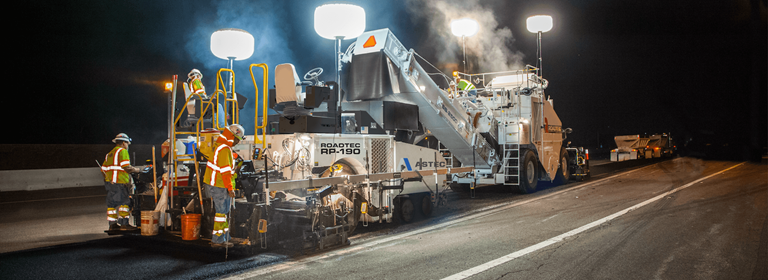
Highway Paving
Highway class paving requires pavers that are strong, powerful and productive. These large-scale paving projects include interstates, expressways and superhighways. Highway class paving can range from one lane to multi-lane projects. These applications require pavers with large hoppers, wide paving widths and a broad scope of screed compatibility.
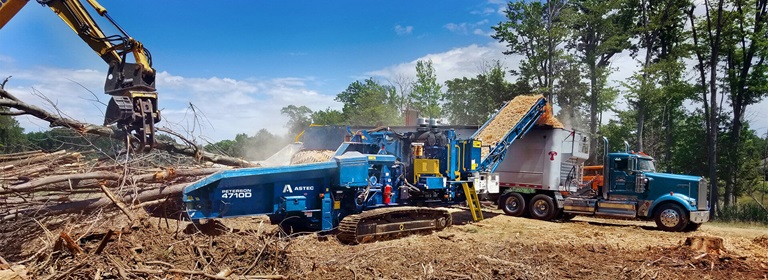
Land Clearing
Land clearing generally consists of trees, limbs and roots cleared from forested or partially forested land that will be used for a new purpose including farming, commercial development or right-of-ways.
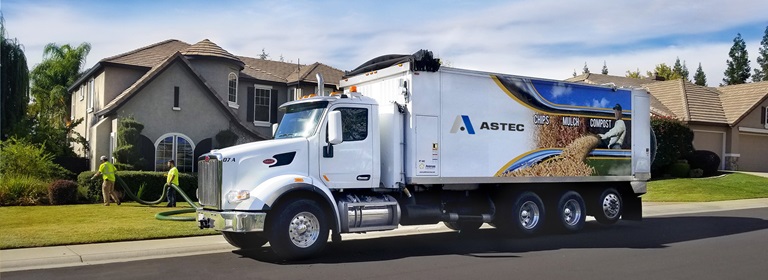
Landscaping
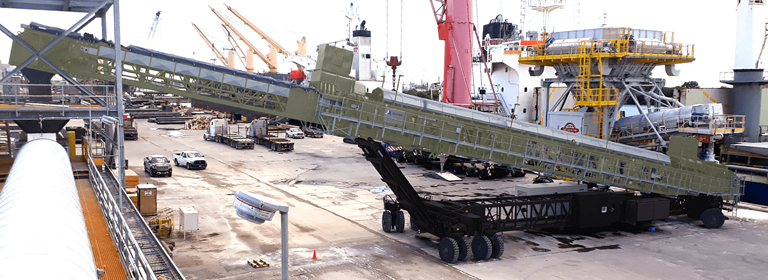
Loading & Unloading
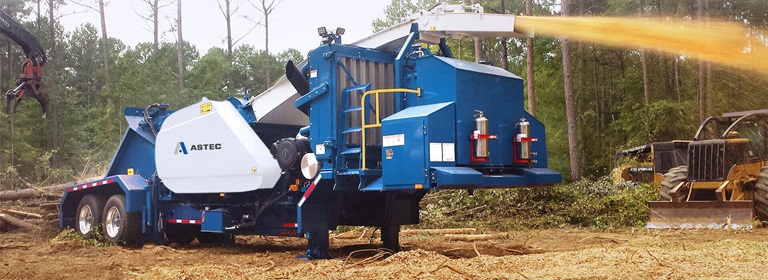
Microchips
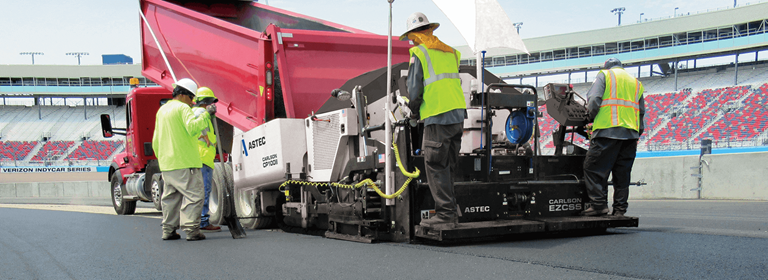
Motor Sports Paving
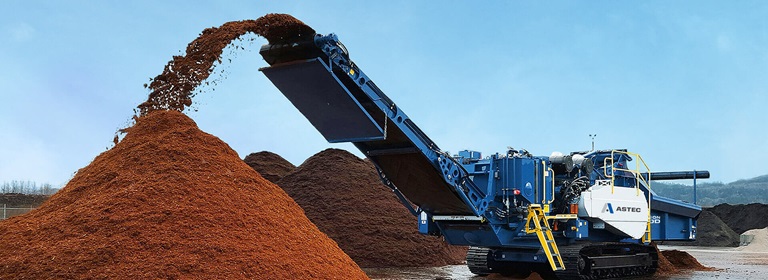
Mulch
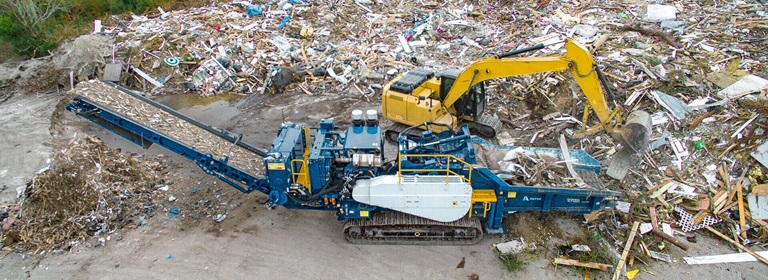
Municipal Solid Waste (MSW) Recycling
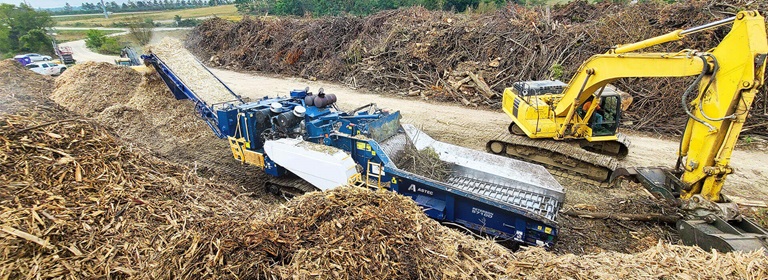
Natural Disaster Cleanup
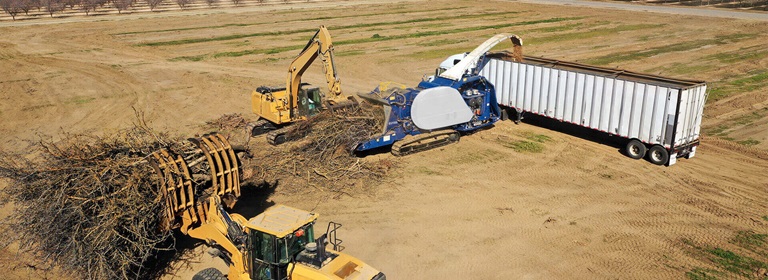
Orchard Clearout
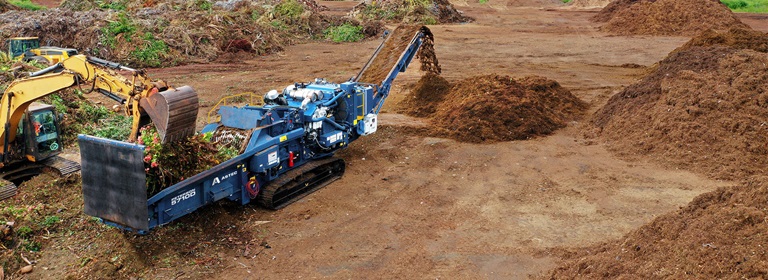
Organic Recycling
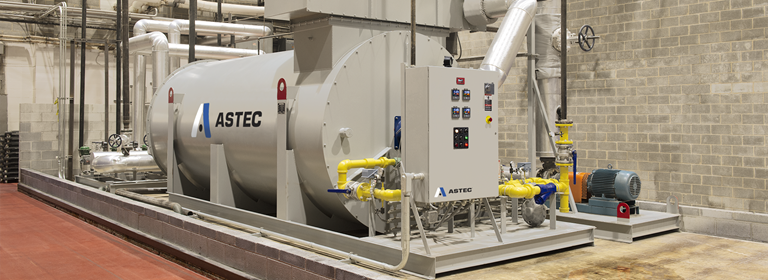
Paints, Resins & Adhesives
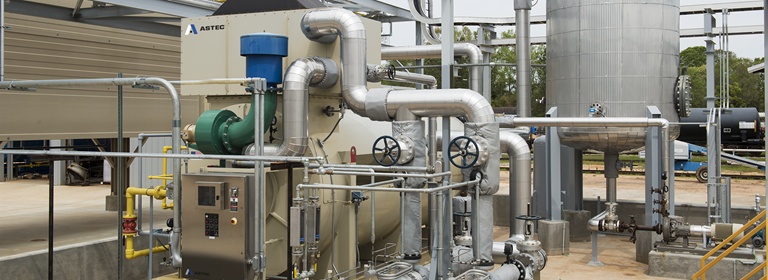
Petrochemical
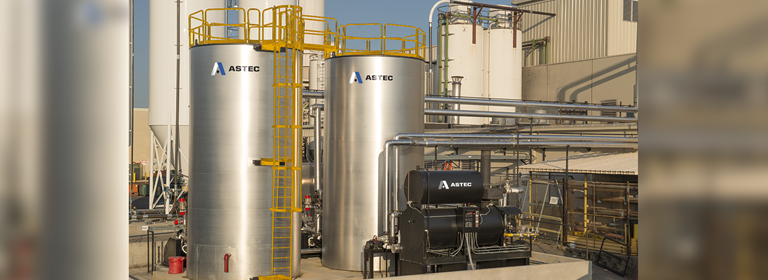
Plastics & Thermoplastics
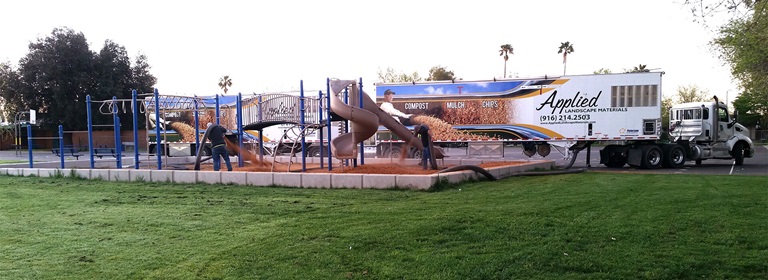
Playground Chips
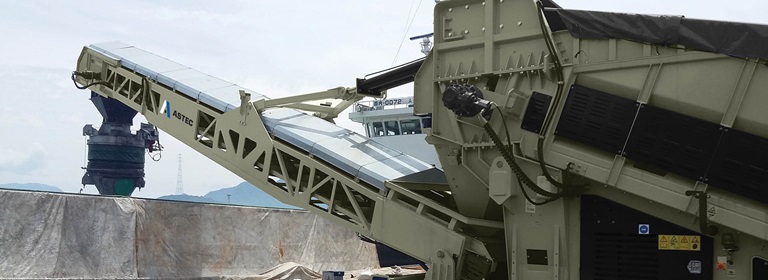
Ports & Terminals
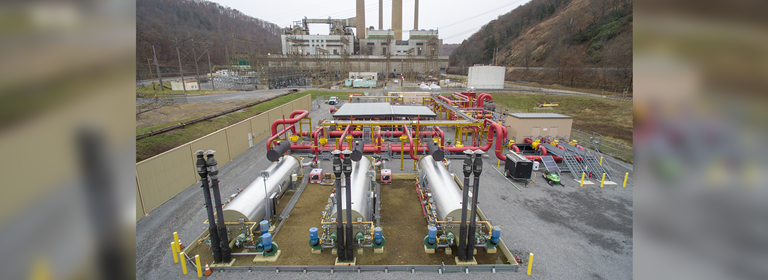
Power Generation
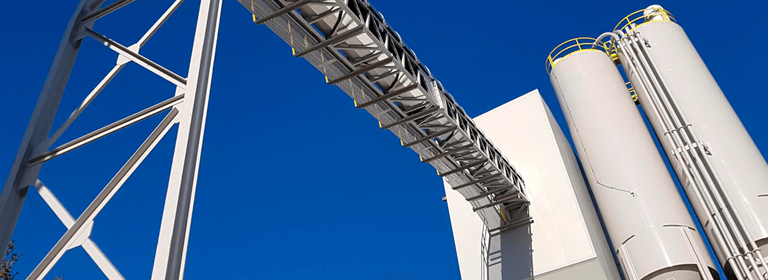
Precast & Prestress
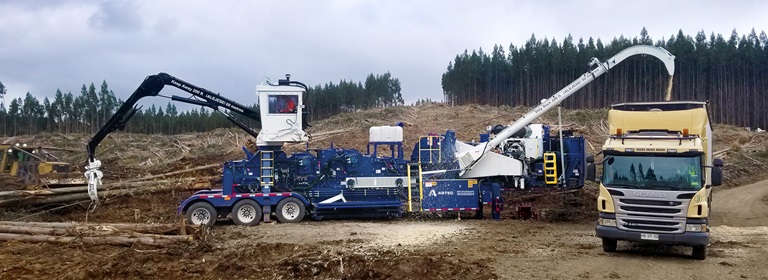
Pulp & Paper Chips
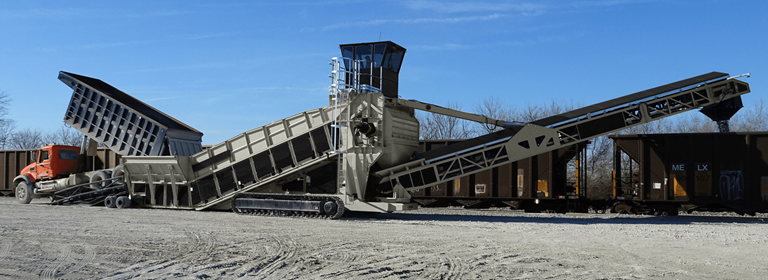
Rail Loading & Unloading
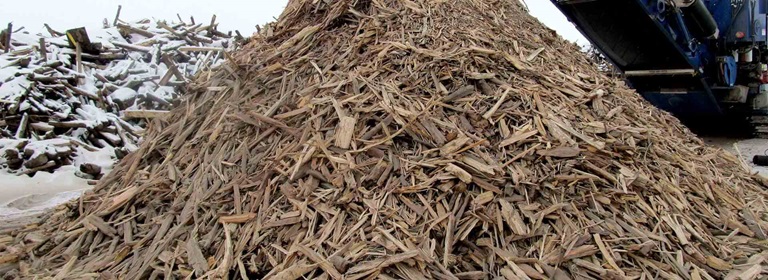
Railroad Tie Recycling
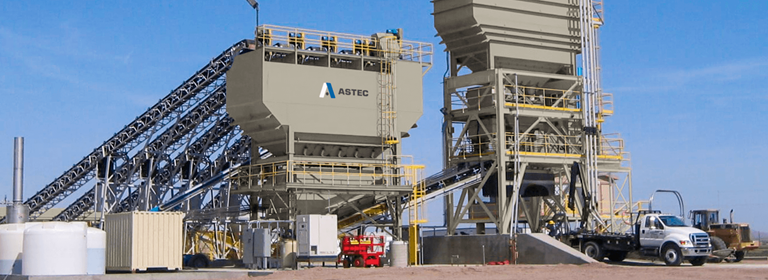
Ready Mix Concrete
Many plants in Astec's extensive concrete product line are well-suited to ready mix operations.
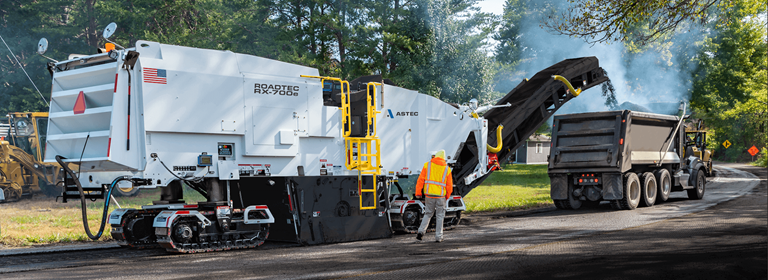
Recycled Asphalt Pavement
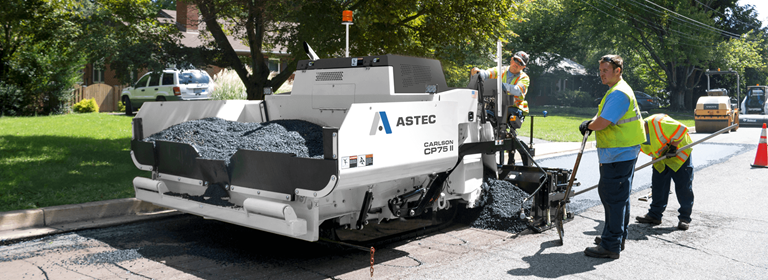
Residential Paving
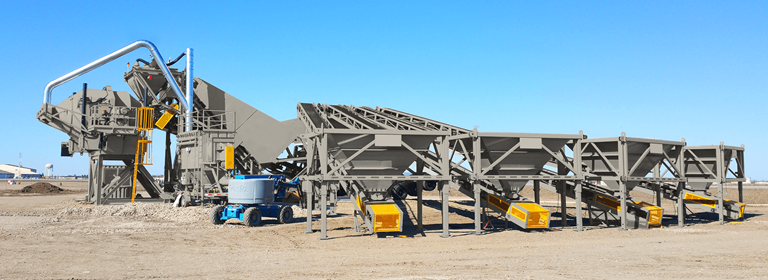
Road Building - Concrete
Astec's comprehensive line of concrete plants delivers high-quality and durability for the roadbuilding industry with an extensive selection of high-production plants and mixers.
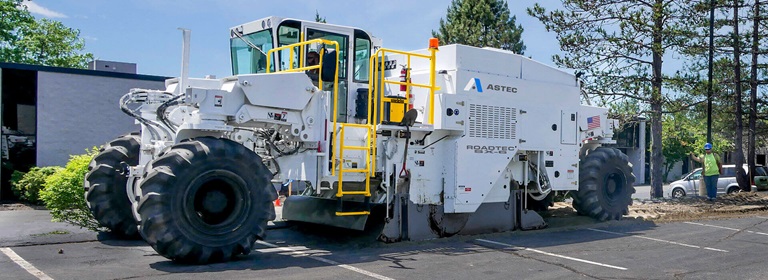
Road Reclamation
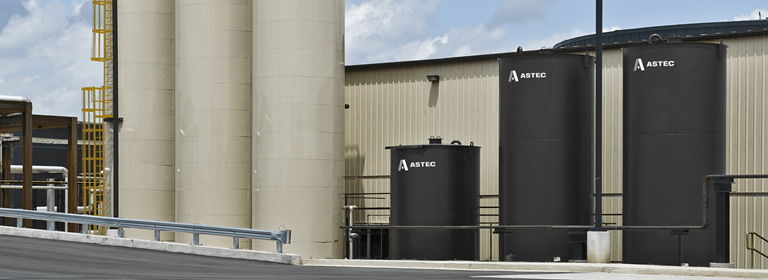
Roofing & Construction Products
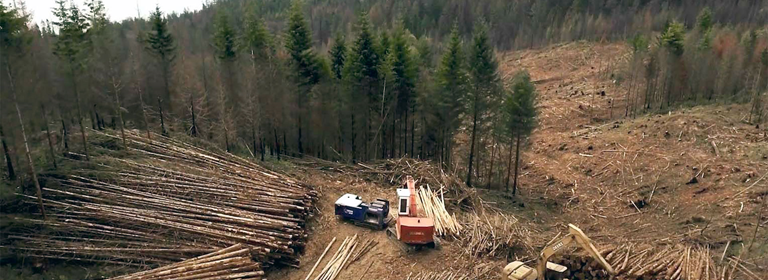
Salvage Timber
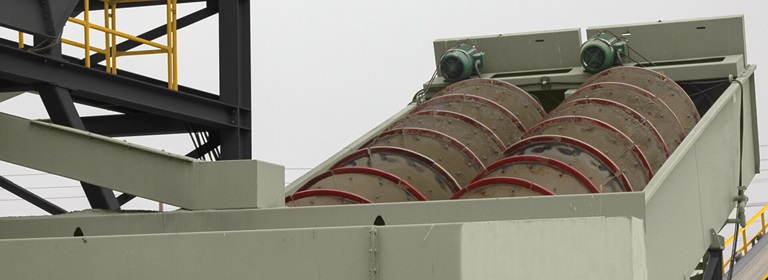
Sand & Gravel
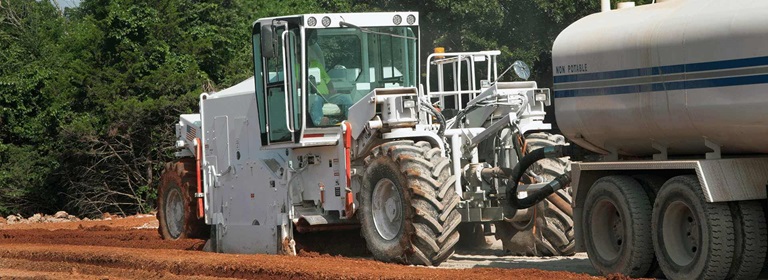
Soil Stabilization
Soil stabilization prepares a surface for new road construction. Rather than preparing a base with new soil, the existing material is recycled.
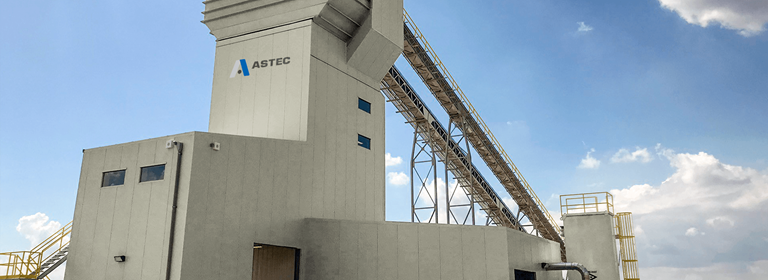
Specialty Concrete
No matter what the application, with an industry-leading concrete product line Astec is ready to help you build a plant to meet your needs.
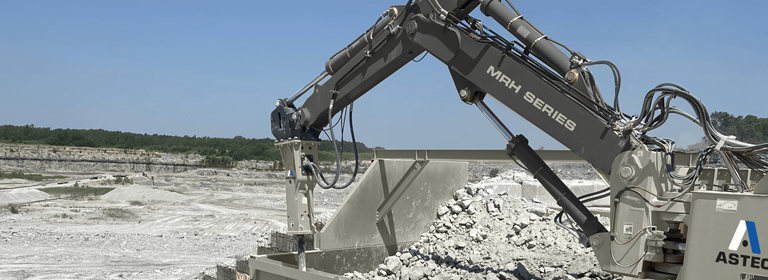
Surface Mining

